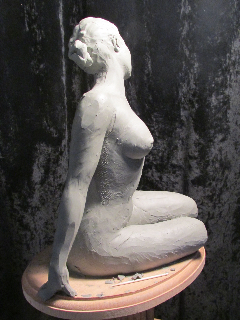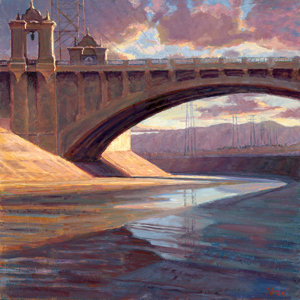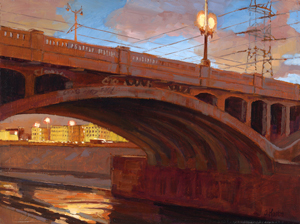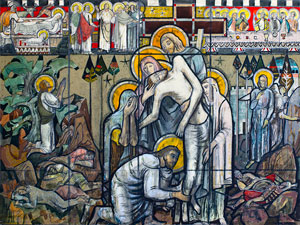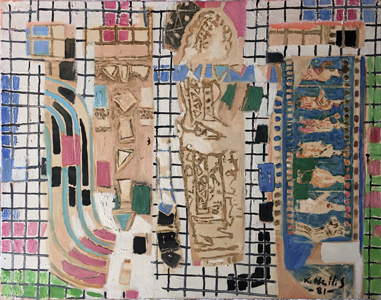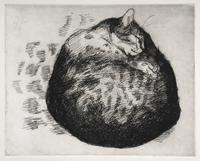
Limited Edition
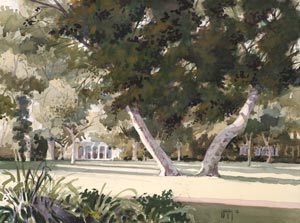 Limited editions were originally a utilitarian idea. Before the digital age, repeated printing would wear out equipment; only the first print runs were of good quality, with subsequent ones blurry and of lower quality.
Limited editions were originally a utilitarian idea. Before the digital age, repeated printing would wear out equipment; only the first print runs were of good quality, with subsequent ones blurry and of lower quality. Digital technology allows the artist to print as many images as desired, and limited edition prints are now more economical to produce.
A signed, numbered print is more valuable to collectors, which in turn results in higher pay for the artist.
In printmaking, an edition is a number of prints struck from one plate, usually at the same time. This may be a limited edition, with a fixed number of impressions produced on the understanding that no further impressions (copies) will be produced later, or an open edition limited only by the number that can be sold or produced before the plate wears.
Most modern artists produce only limited editions, normally signed by the artist in pencil, and numbered as say 67/100 to show the unique number of that impression and the total edition size.


